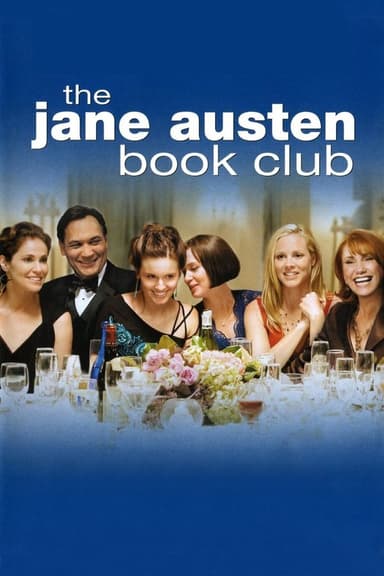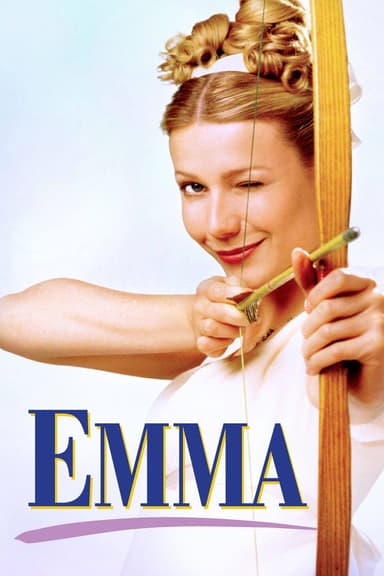
Mr Malcolm's List
2022 • Comedy, Drama, Romance • PG
When she fails to meet an item on his list of requirements for a bride, Julia Thistlewaite is jilted by London’s most eligible bachelor, Mr. Malcolm. Feeling humiliated and determined to exact revenge, she convinces her friend Selina Dalton to play the role of his ideal match. Soon, Mr. Malcolm wonders whether he’s found the perfect woman...or the perfect hoax.
Runtime: 1h 57m
Why you should read the novel
Reading Suzanne Allain's novel, Mr. Malcolm's List, lets you immerse yourself in all the elegant detail and subtle social maneuvering characteristic of classic Regency romance. The prose unfolds with witty banter, nuanced character development, and a narrative voice that is wry, insightful, and rich in period authenticity. You experience every subtle look, every foreshadowed feeling, and every internal conflict directly through the eyes of the characters themselves.
Unlike watching the film, the book offers deeper access to the inner thoughts and motivations of characters like Selina, Julia, and Mr. Malcolm. The written word allows you to savor the dramatic irony and romantic tension with all the time you need to appreciate their evolution. The humor is sharper, the misunderstandings more achingly drawn out, and the resolutions more satisfying as a result of the journey you take with the characters.
For fans of Regency romance who crave more than surface beauty, the novel brings to life social rules, hidden motives, and razor-sharp dialogue in a way the screen can only hint at. Allain's writing pays homage to Austen and Heyer, while providing a fresh, witty voice and unique twists. If you love being swept away into another era and want the richest version of this story, the book is an absolute must-read.
Adaptation differences
One of the major differences between the film adaptation and the novel is the depth of character backstories and motivations. In the book, readers gain a far greater understanding of each character's personal history, insecurities, and previous heartbreaks. These layers inform every slight and misunderstanding, making the eventual resolutions more meaningful. The film, by necessity, compresses and sometimes omits these deeper layers in order to fit within a standard runtime.
Another noticeable difference is in the supporting characters’ development. The novel gives Julia additional complexity, exploring her motivations and vulnerability in far more detail than the film, where she appears somewhat more scheming and one-dimensional. The book's ensemble cast, including family members and other suitors, is also larger and more fleshed out, giving a fuller sense of Regency society’s intricate social web.
Tone and pacing diverge noticeably as well. Suzanne Allain’s writing has a satirical, playful bite reminiscent of Jane Austen, lingering on moments of misunderstanding and emotional nuance. The film, while charming, tends to move at a brisker pace, often streamlining or skipping subtle exchanges and minor plot points. This results in a lighter feeling, but sometimes at the expense of the emotional depth or comedic sophistication present in the novel.
Lastly, certain scenes and even entire subplots are unique to the book or reimagined for the film to better suit a visual medium and modern audience sensibilities. For example, the movie adjusts the ending to deliver more overt closure and happiness, while the book maintains a more nuanced, gradual unfolding of trust and reconciliation. These differences make reading Mr. Malcolm's List a more layered, immersive, and rewarding experience for those who relish the art of Regency romance.
Mr Malcolm's List inspired from
Mr. Malcolm's List
by Suzanne Allain









